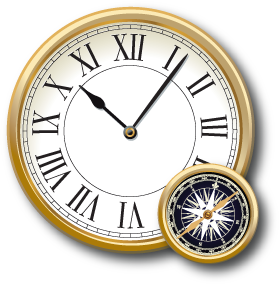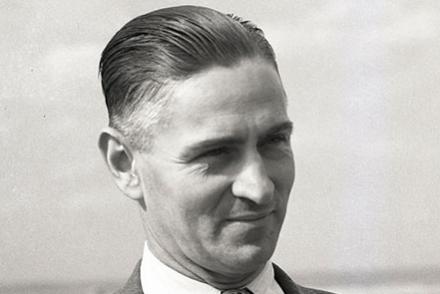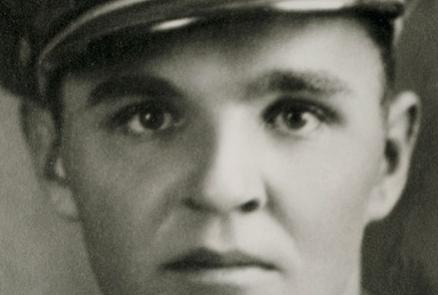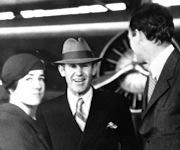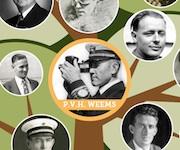The problems of reliable air navigation experienced by Lindbergh and his peers was finally addressed in the late 1920s by a few dedicated innovators who often worked with little official support to make improvements in dead reckoning and radio and celestial navigation equipment.
As the nation entered the Great Depression, the military services often lacked the resources to truly address the problem. Phillip Van Horn Weems—a Navy officer operating with virtually no support from his superiors—became the most successful source for new navigational innovations in this period. He also trained and advised many of the top American and European aviators. There were other important innovators, including Albert Hegenberger of the Army Air Corps, who ultimately made long-distance flight safe and reliable during the 1930s.


